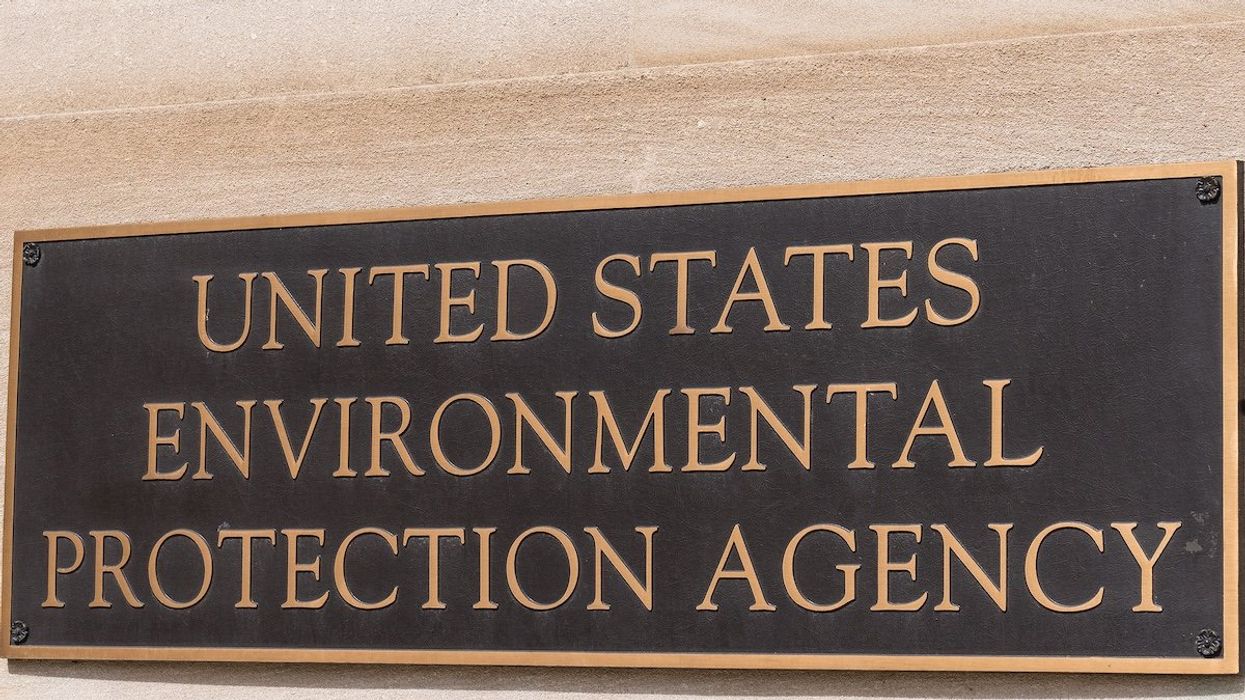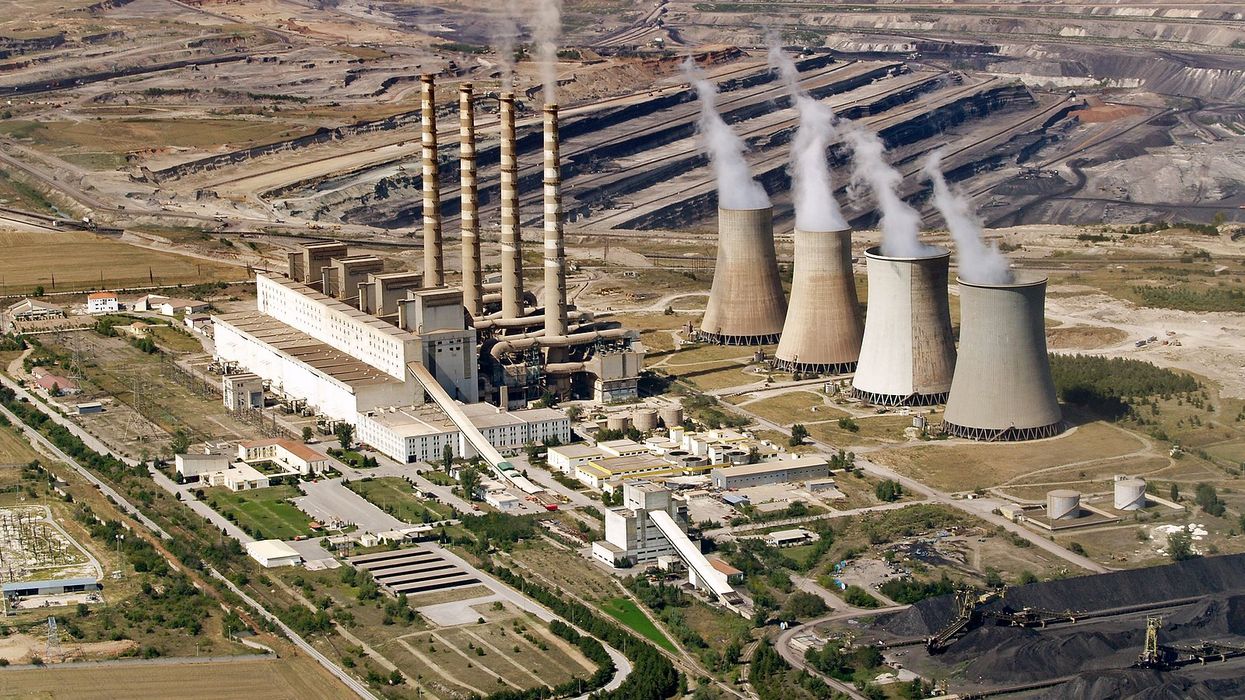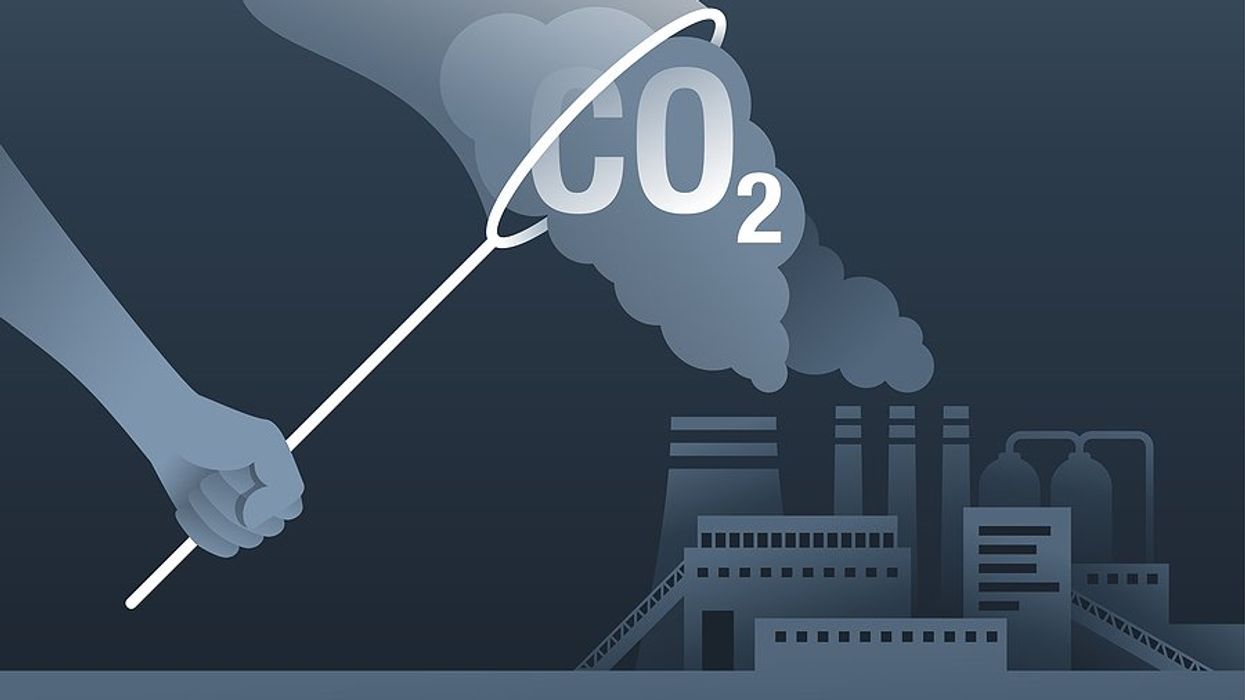President Trump’s administration has slashed funding and staff at the Great Lakes Environmental Research Laboratory, leaving scientists struggling to monitor toxic algal blooms that threaten drinking water for millions.
Anna Clark reports for ProPublica.
In short:
- Federal cuts have gutted the National Oceanic and Atmospheric Administration's Great Lakes lab, delaying critical data collection and crippling the team’s ability to monitor toxic algal blooms, which can harm both people and animals.
- About 35% of the lab’s workforce has been lost since February due to early retirements, forced departures of probationary employees, and a federal hiring freeze, leading to gaps in monitoring.
- Municipal water leaders from cities like Toledo and Cleveland warn that the lab’s work is essential for managing drinking water safety and preventing crises like the 2014 Toledo water emergency.
Key quote:
“The basic scientific supplies that we use to provide the local communities with information on algal bloom toxicity — our purchasing of them is being restricted based on the limitations currently being put in by the administration.”
— Bret Collier, former branch chief, NOAA Great Lakes Environmental Research Laboratory
Why this matters:
The Great Lakes holds the vast majority of North America’s fresh surface water and supplies drinking water to more than 40 million people. Toxic algal blooms, fueled by agricultural runoff and warming waters, can render this vital resource unsafe, posing direct threats to human health, aquatic ecosystems and regional economies. The cuts to NOAA’s Great Lakes lab jeopardize years of environmental progress and scientific vigilance that have kept disasters like the 2014 Toledo water crisis at bay. Without continuous monitoring, municipalities lose crucial early warnings about bloom toxicity, complicating water treatment and risking public health.
Related EHN coverage: Microplastics and algae tangle in the Great Lakes














